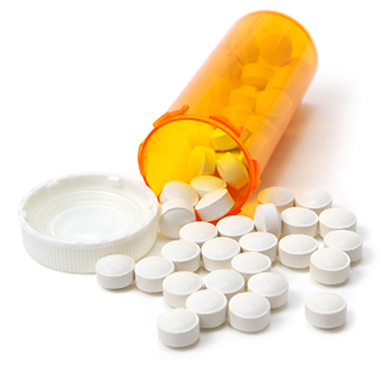Looking Closely At Dry Mouth Drugs
 If you’re one of the thousands of people seeking medical treatment for xerostomia, you and your doctor may be considering pilocarpine or you may be considering cevimeline.
If you’re one of the thousands of people seeking medical treatment for xerostomia, you and your doctor may be considering pilocarpine or you may be considering cevimeline.
Both pilocarpine and cevimeline are known as cholinergic agents that can increase the secretion of exocrine glands such as sweat glands and salivary glands. Commonly used for treating symptoms of dry mouth and dry eye, sometimes these medications are called “sialogogues,” that is, saliva stimulants. Both also have a list of side effects including increased sweating, watering eyes, headache, nausea, stomach upset, diarrhea, pain around the eyes, and others.
What’s the difference?
Researchers at the University of Kentucky determined to study the relative effectiveness of the two medications and also compare their side effects. The study followed 12 patients with moderate to severe xerostomia in a crossover, double-blind, randomized study. Half the subjects were treated with pilocarpine for four weeks, then cevimeline for a second four weeks. The other half were treated with cevimeline first, then pilocarpine. Both groups had a one-week “washout” period between the drug dosages. The study noted that 58 percent of these subjects had xerostomia caused by their medications.
So, what did the study reveal? Was one medication noticeably more effective at stimulating saliva? And did one fare better than the other on side effects?
Nothing significant
 Well, not really. Both medications increased the production of saliva, but there was not a statistically significant difference between their effectiveness. Likewise, patients reported that both medications caused various side effects, but, again, there was no significant difference between the two in the frequency or severity of side effects.
Well, not really. Both medications increased the production of saliva, but there was not a statistically significant difference between their effectiveness. Likewise, patients reported that both medications caused various side effects, but, again, there was no significant difference between the two in the frequency or severity of side effects.
The study concluded that pilocarpine and cevimeline both present clinical benefits to patients with xerostomia.
However, doctors and patients should think through the pros and cons of the medications and whether the side effects are more or less bothersome than the symptoms of xerostomia.
Part of the evaluation should consider the long-term effects of chronic xerostomia on oral health, including increased risk of dental caries, oral infection and pain, difficulty in eating and speaking, and other problems.
REFERENCES: Brimhall, Jhaveri and Yepes published their study results in “Efficacy of Cevimeline vs Pilocarpine in the Secretion of Saliva: A Pilot Study,” in the June 2013 issue of Special Care Dentistry. Eric T. Stoopler’s article, “Comparing Systemic Medications for Treatment of Dry Mouth” in Medscape June 12, 2013, summarized the original study.

